Recreating the Country blog |
 Authors nature-strip two years after planting with tubestock of indigenous plants. The original plants are now seeding into open spaces between plants on the hessian mulch. Flowering in the foreground is the yellow Xerochrysum viscosum, Sticky Everlasting planted with a boarder of Chrysocephalum apiculatum, Common Everlasting also with yellow flowers. A two year old Bursaria Spinosa, Sweet Bursaria is the small tree. It will have white flowers at Christmas Authors nature-strip two years after planting with tubestock of indigenous plants. The original plants are now seeding into open spaces between plants on the hessian mulch. Flowering in the foreground is the yellow Xerochrysum viscosum, Sticky Everlasting planted with a boarder of Chrysocephalum apiculatum, Common Everlasting also with yellow flowers. A two year old Bursaria Spinosa, Sweet Bursaria is the small tree. It will have white flowers at Christmas The exciting prospect of designing and planting your own nature-strip or native garden and how it can be done. Individually designed nature-strips have the exciting potential of being colourful mosaics of personal expression. An organic form of street art that could define a street, a town and a municipality. A barren grassy strip is a clean slate, an empty canvas, just waiting for an artistic declaration. Just imagine a quiet street where the nature-strips are a patchwork of diverse leaf and flower colour, each a statement of personal preference, each as different as the people who designed and planted them. The occasional mown grassy strip would become a pause, a full stop in the storyline of the local street-art  Edwina Jone's nature strip in Victoria Park Edwina Jone's nature strip in Victoria Park Edwina Jones, a resident of Victoria Park (a town near Perth), took advantage of the $500 Council grant, that supports replanting of nature strips to low water-use native plants. She is delighted with the result just two years after planting; “The birds came and there are bees as well. I’m standing in it now and I can see bees on the Fan-flowers (Scaevola sp). There’s a gravel path through it and I love seeing schoolchildren trip through it on their way to school and I get a lot of comments. It can really change a feel of a street to get nice-looking verges. And it doesn’t take much to look after, you just have to do a little clipping to make sure the plants don’t get too high Here is a link to the City of South Perth's [PDF] 'Greening our streets, Street Verge landscape Guidelines'. https://southperth.wa.gov.au › docs › 1-residents › services › verges › stree...  A Perth nature strip showing a mixed planting of hardy natives A Perth nature strip showing a mixed planting of hardy natives Designing your own nature-strip/native garden A visit to your local native nursery will open windows into the possibilities of how your own creativity can be expressed Create contrasts Look for contrasts in leaf colour and leaf shape. A native garden will always look exciting if there are vivid differences between the foliage of plants. Flowering then becomes a fabulous bonus, but not the making of a garden. It will always look extraordinary even without flowers. The best way to visualise this at the nursery is to place the plants you like side by side to see if there is a clear contrast in foliage. If there is then you’ve made a great start to designing your native garden in the nature-strip  Clump plantings of Lemon Beauty-heads, Calocephalus citreus (front); Kangaroo Grass, Themeda triandra (top) and Silver Tussock Grass, Poa Labillardieri (right). Clump plantings of Lemon Beauty-heads, Calocephalus citreus (front); Kangaroo Grass, Themeda triandra (top) and Silver Tussock Grass, Poa Labillardieri (right). Mass plant In nature, plants of the same species always grow together. Nature mass plants them to ensure their survival, landscapers copy this feature because it looks strong, bold and stunning. This is particularly important with small plants and grasses but it holds true for shrubs and trees as well. Smaller plants can therefore be mass planted in much larger numbers. For example a square meter of garden (1 m x 1m or 0.5m x 2m) could hold 100 plants of a small herb like Chocolate Lily, Arthrapodium strictum, if planted at 10 cm spacing. In contrast a square meter of garden would only accommodate one shrubby grevillea. The limiting factor is the size of the garden. A small garden like a nature-strip could be overpowered by a mass planting of one or two species of shrubs. Mass planting smaller grassland plants among a few ‘hero’ shrubs/trees allows for a lot of diversity in the small plants and makes a striking feature of the ‘hero’ or attractive shrub or small tree. Some grassland plants ‘hibernate’ over winter Something to keep in mind is that some of the beautiful lilies, flowering grassland herbs and orchids die back over winter, waiting to put out their fresh leaves and flowers the following spring. This adds a wonderful element of surprise to your garden. It also creates a bare patch over the cool autumn and winter months. You may need to mark these bare patches with a small stake as a reminder not to dig or plant new plants. Leaving it bare and adding a light mulch will look good and allow space for these spring spectacles to return, invigorated by their rest. You will also find that the other flowering herbs and grasses in your garden will seed into these openings in the garden, making it more natural and informal with every season.  Insectivorous birds like the Superb Fairy-wren, Malurus cyaneus, love a dense bushy habitat Insectivorous birds like the Superb Fairy-wren, Malurus cyaneus, love a dense bushy habitat Plant a diversity of plants – this is ideal but not essential in a nature-strip Diversity of plants in a nature-strip/garden supports more insects and more birds. Small reptiles and frogs will also make a home if you add some rocks and logs. Simply put, more species of flora = more species of fauna. In a home garden this design feature is important to bring in a diversity of wildlife. The different flowers and flowering times providing a variety of foods for a variety insects. This intern supports more bird species. Though in a patchwork of street nature-strips, it would be an attractive feature if some are planted with large clumps of native/indigenous shrubs and others focused on masses of one or two species of native herbs or lilies. The overall street effect would be a delightful mosaic of height, texture and colour. The Superb Blue Wrens and other small insectivorous birds would certainly add their tick of approval by moving to the clumps of shrubs. Let’s be sensible Councils have restrictions on what you can plant on a nature-strip often for good reasons.
 Another creative nature strip garden in a suburb of Perth Another creative nature strip garden in a suburb of Perth Some councils encourage planting nature-strips More progressive Councils like the Victorian Cities of Monash and Moreland support planting native plants on nature-strips and may assist with a list of recommended local plants, Read more on this link> Perth Councils are supporting the planting of native plants on nature-strips because they use much less water than grass. Read more on this link> Western Australian Water Minister Dave Kelly (now Premier of WA) said climate change was continuing to impact Perth's water supplies and communities needed to adapt and evolve; “I congratulate the cities of Mandurah, Vincent and Stirling and the Town of Victoria Park for their work to help households establish waterwise verges,” he said. “I encourage other eligible councils to take advantage. “More than 40 per cent of household water use in Perth occurs outside the home. “Establishing native plants also adds to the liveability of our communities by adding visual appeal and creating habitats for local wildlife - all while having a cooling effect on our streets.” Approach your Council with caution I prefer to plant first and ask for forgiveness later. After all it’s our responsibility to maintain the nature strip and planting with small indigenous plants is clearly an effective form of maintenance. By all means make cautious inquiries to gauge your Councils policy on planting nature strips. However if you find your Council has a conservative policy, asking permission may result in unhelpful red tape and a list of illogical concerns. When it looks great there is not likely to be any opposition. They may even see the many benefits and start recommending it to other ratepayers. Locating a source of hardy local plants Most garden nurseries stock Australian native plants and a few plant species that are local to your area. If you want to expand your plant list, add more diversity (wildlife will thank you) and buy more cheaply in bulk, try:
Some beautiful and hardy plants for your nature-strip, including suggestions from nature-strip gardener Peter Van Haeff. Don’t be put off by the botanical names, just cut and paste them into your search engine and hey presto, you will have instant pictures and descriptions. Pictures of some are shown below - the names will appear when your mouse hovers; Ground covers: Atriplex semibaccata; Brachycome multifida; Carpobrotus species; Chrysocephalum apiculatum; Correa sp.; Enchylaena tomentose; Grevillea sp.; Hardenbergia violacea; Kennedia prostrata; Xerochrysum bracteatum. Herbs: Calocephalus citreus; Convolvulus erubescens; Geranium sp.; Linum marginale; Nicotiana suaveolens; Pelargonium sp.; Ptilotus sp., Xerochrysum viscosum; Lilies: Dianella species; Anigozanthus sp.; Arthropodium strictum; Grasses and Sedges: Austrodanthonia sp.; Austrostipa sp.; Lomandra sp. Poa sp., Themedia triandra, Shrubs: Small Acacia species (e.g. A. acinaceae; A. glaucoptera); small Banksia sp. small Callistemon sp. (e.g. C. 'Little John'); Correa sp.; Crowea saligna; Dodonaea viscosa; Goodenia ovata; small Grevillea sp.; Indigofera Australis; small Melaleuca sp. Small trees: Acacia sp.; small Allocasuarina sp.; Bursaria spinosa, Banksia sp.; small Eucalyptus sp. (e.g. E. platypus; E. preissiana, E. torquata, dwarf E. leucoxylon); Grevillea sp. When to plant The ideal time to prepare and plant is winter and spring when the soil is moist. It’s much easier digging and the plants shouldn’t need watering until summer and ideally won’t need watering at all. Preparing the site for planting Start off small and manageable in the first planting season. 1mx2m is a good size and it will look like a beautiful garden in the grassy nature-strip. Add more and think larger as you gain confidence. Your aim will be to remove, smother or kill any exotic grasses and herbs before you plant your native plants. There are several proven approaches that work well; Hoe Hoe Hoe Cut your grass very short (for the last time) and then employ the ‘father Christmas method’ - hoe, hoe, hoe. Chipping with a hoe on a sunny day is a very effective method of killing weeds. Tough weeds If you find the grasses are deep rooted perennials or they spread from rhizomes (their roots) like Couch and Kikuyu, you may need another method to weaken them. Solarisation over the sunny warmer months, from September to February, with a sheet of clear plastic, stretched tight and held down at the edges, will cook and kill weeds. Spraying with a herbicide like glyphosate when the tough weeds are in the flush of spring growth will kill them in a few weeks. I think this is a reasonable method because it’s a once only use and it prepares the way conveniently for a successful planting with its many benefits. Be safety conscious when using herbicides and spay on a still day to limit spray drift that may damage nearby plants. Aerating and moistening a dry site Your nature-strip is very likely to be dry, hard and compacted. If this is your strip then after the weeds have been removed and before planting, the soil will need aerating (cracking) to let the rain soak in as deep as possible. This will also encourage worm activity and make it easier for new plants to establish. A low cost, quick, easy method to aerate soil manually is to use a garden fork. Aerating with a garden fork. Push the fork in as far as possible, then pull back on the handle a little until the soil cracks.. Repeat this every 30 cm or so all over the area to be planted. Using a fork this way you won’t develop any back soreness. I use this aerating method to prepare for planting my veges as well. Then water into the newly created cracks until water fills the cracks. Let it soak in for 24 hours. Repeat this process until the garden fork can be pushed into the soil to its full length. The soil will then be beautifully moist, and well aerated. Importantly your plants be easy to plant into the open soil and they will establish very quickly. In a normal year if you plant before the end of September follow up watering won’t be necessary. After a dry spring, watering every 2 – 3 weeks may be necessary until autumn Mulching Mulching over the hoed ground will control weeds and conserve soil moisture. Traditional mulches like straw, wood chips, sawdust and leaf litter may not be appropriate. They will tend to blow over and cover small native plants and they’re also likely need an edging to keep them from spreading over the foot path and gutter. A shallow covering with one of these mulches up to 2.5cm deep may be a good compromise if you don't mind some follow up weeding. I chose not to use these mulches because timber edging could be trip hazard to pedestrians and may raise Council’s concerns. I used hessian cloth pegged down every meter with homemade wire pegs and cut slits with a sharp knife for planting. Another suitable organic materials that doesn’t need edging is old horse-hair carpet underlay. Jute matting, coir matting and hessian cloth are available commercially in rolls. Mulches to avoid Avoid using old carpet, sheets of plastic or plastic weed-mat. They don’t decompose and allow the native herbs and grasses to seed and spread naturally on the nature-strip. Indigenous and native plants don’t need fertiliser Indigenous and native plants prefer soils with low fertility and therefore don’t need fertiliser. In the poor soils that you are likely to find on a nature-strip this gives them a big advantage over introduced exotic weeds. A rule of thumb when establishing any native garden is don’t add fertiliser. Keep it ‘hungry’ because this advantages the native plants and weakens the weeds. Whereas adding fertilisers like blood and bone, dynamic lifter and manures will result in lots of healthy weeds and a lot more weeding. It is also toxic for members of the protea family like banksias, grevilleas and hakeas. Coming home to a smile.
Imagine coming home after a long tiring day and turning into your street where you see your beautiful NATURE-strip welcoming you with a 'smile'. A rich display of Aussie floral heritage and a personal expression of living breathing vibrant street art. You too could say goodbye to your noisy smelly lawn mower and say hello to the wildlife that adopt your NATURE-strip as their home in the city. You'll be so glad you did.
10 Comments
Peter van Haeff
9/12/2019 02:36:01 pm
Hi Steve,
Reply
Steve
9/12/2019 02:41:17 pm
Hi Peter,
Reply
Jason Loveday
9/12/2019 10:00:11 pm
G'day Steve,
Reply
Steve
13/12/2019 12:06:06 pm
Thanks for your insightful comments Jase,
Reply
Gavin Cerini
10/12/2019 11:02:36 am
Well done Steve. Over 40 years ago a (young) Portland councillor planted his nature strip to natives, and it was a corner block with potential for complaints about visibility around the corner.
Reply
Steve
13/12/2019 12:21:22 pm
Thanks Gavin,
Reply
Chloe Lines
1/8/2021 09:32:28 pm
Hi Steve,
Reply
Steve
2/8/2021 06:11:47 pm
Great to hear from you Chloe. Yes I'm sad to say that the Americans are one up on us with planting natives back on their street-scapes.
Reply
Hi Steve,
Reply
Steve
5/7/2022 12:45:04 pm
Hi Natalie,
Reply
Leave a Reply. |
Click on the image below to discover 'Recreating the Country' the book.
Stephen Murphy is an author, an ecologist and a nurseryman. He has been a designer of natural landscapes for over 30 years. He loves the bush, supports Landcare and is a volunteer helping to conserve local reserves.
He continues to write about ecology, natural history and sustainable biorich landscape design. 
|




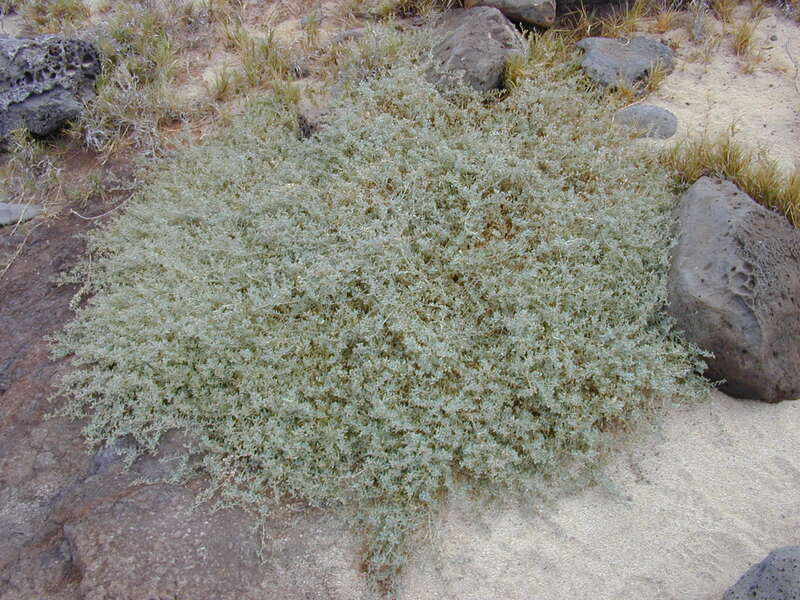







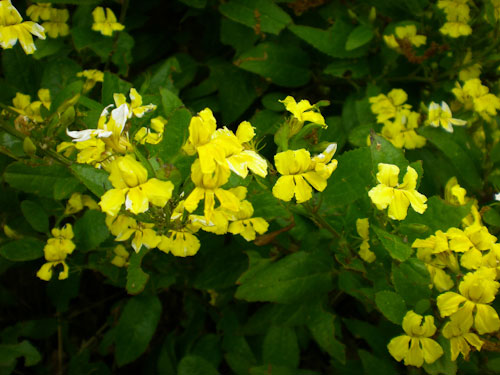



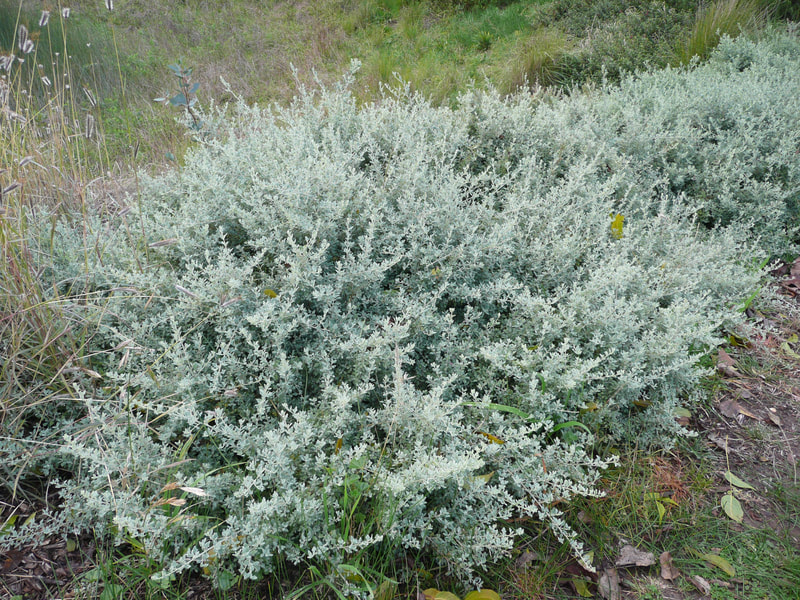


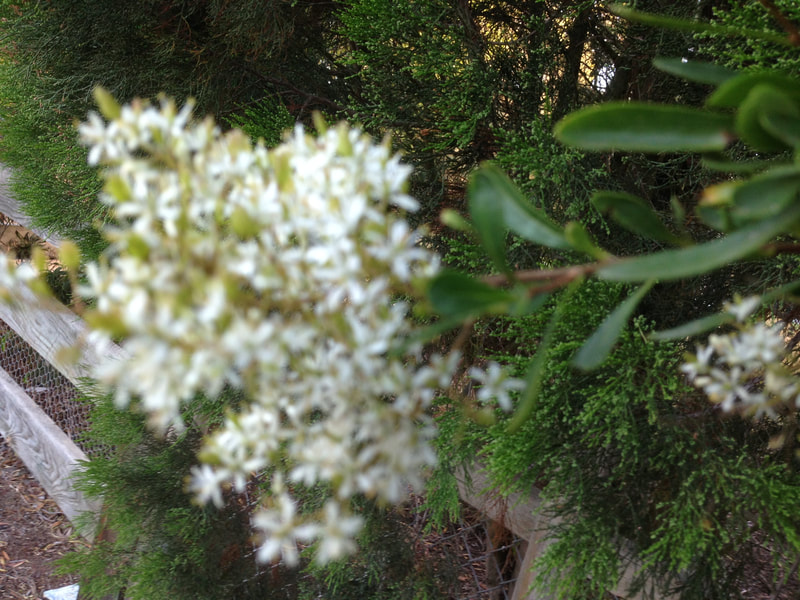


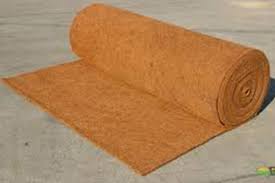

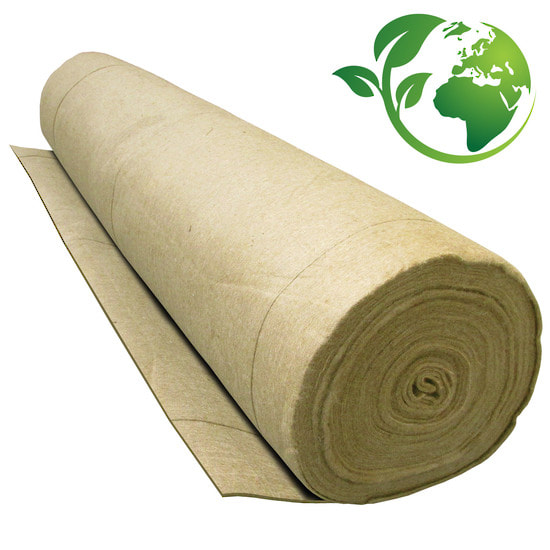



 RSS Feed
RSS Feed
